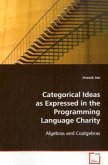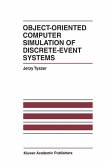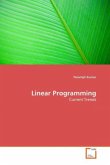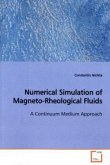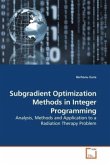In learning and teaching statistics, how often do we
wish for a book with the right balance between
theory and applications? How often have we wondered
whether it is possible to devise a textbook equally
well suited to classroom use and individual study?
Now we have a solution for those who want all of
this in a book that treats the powerful S-PLUS
software in an elegant and effective manner.
In S-PLUS Programming Language and Applied
Statistics, Samir Safi introduces the language, the
most common techniques, and abundant applications.
The profusion of examples and exercises make the
book an excellent source as a course text book or as
a guide to self-study.
After introducing the basic concepts of S-PLUS, Safi
shows how to use the software for the statistical
techniques ordinarily encountered in conventional
applications. The explanations are supplemented by
ample illustrations of how to use S-PLUS in
particular settings. The last chapters on writing
functions and simulation are beyond what is covered
in many one-semester methods courses, but are very
useful for anyone who needs to use more
sophisticated techniques.
Dr. Mary Gray
wish for a book with the right balance between
theory and applications? How often have we wondered
whether it is possible to devise a textbook equally
well suited to classroom use and individual study?
Now we have a solution for those who want all of
this in a book that treats the powerful S-PLUS
software in an elegant and effective manner.
In S-PLUS Programming Language and Applied
Statistics, Samir Safi introduces the language, the
most common techniques, and abundant applications.
The profusion of examples and exercises make the
book an excellent source as a course text book or as
a guide to self-study.
After introducing the basic concepts of S-PLUS, Safi
shows how to use the software for the statistical
techniques ordinarily encountered in conventional
applications. The explanations are supplemented by
ample illustrations of how to use S-PLUS in
particular settings. The last chapters on writing
functions and simulation are beyond what is covered
in many one-semester methods courses, but are very
useful for anyone who needs to use more
sophisticated techniques.
Dr. Mary Gray


